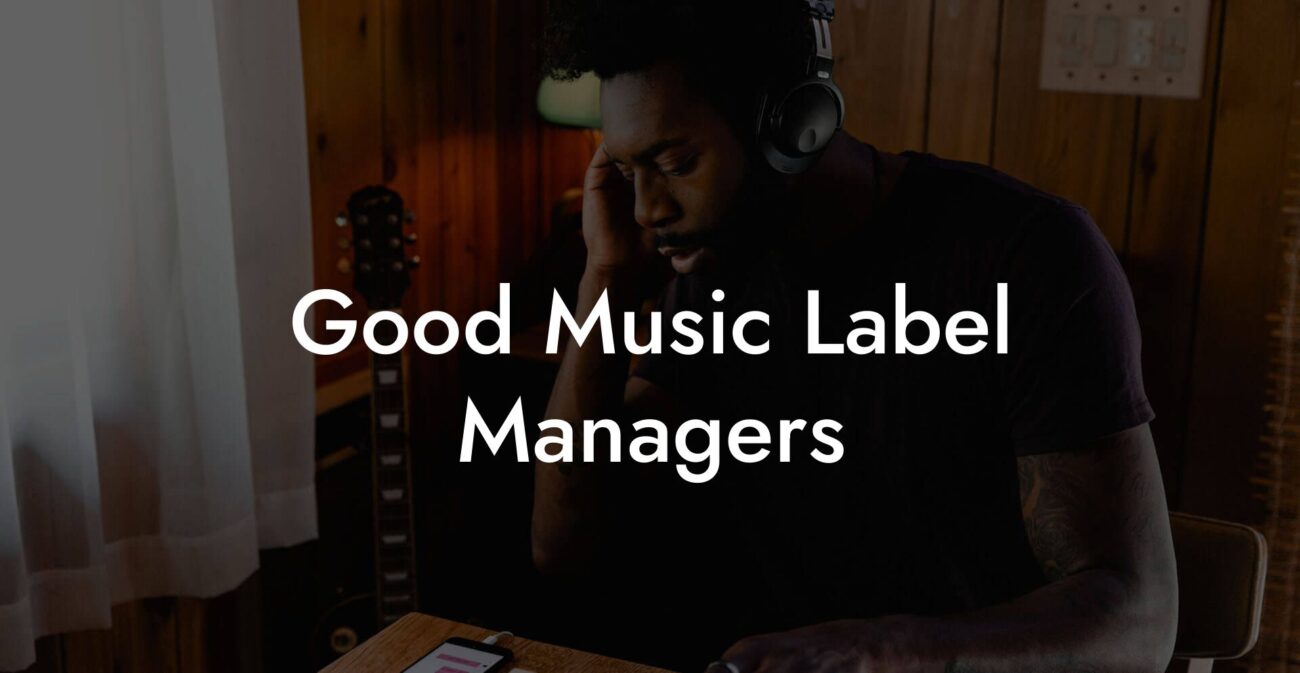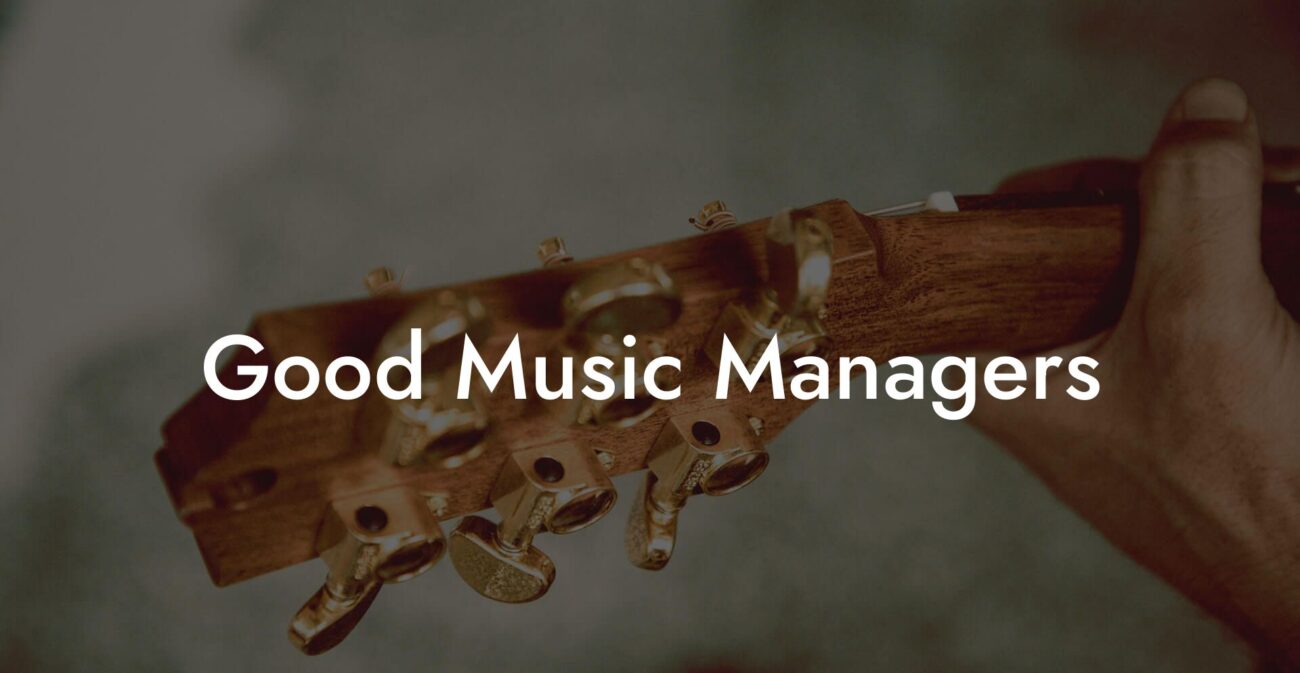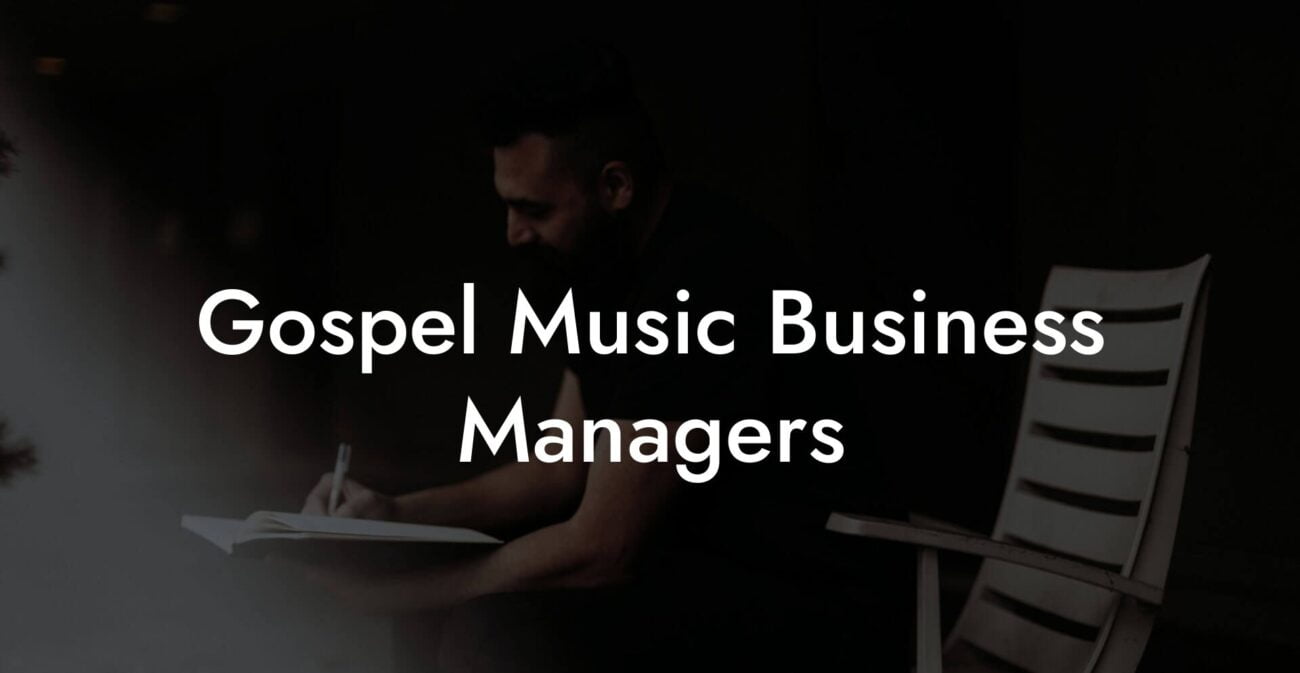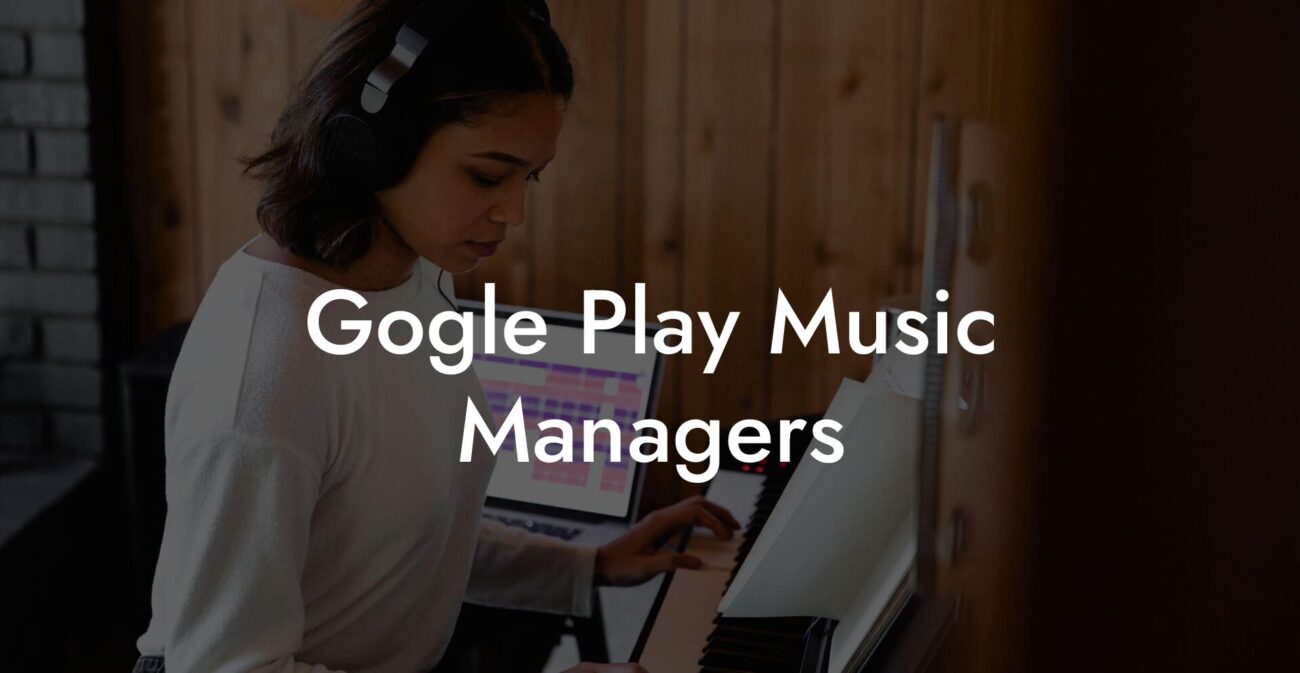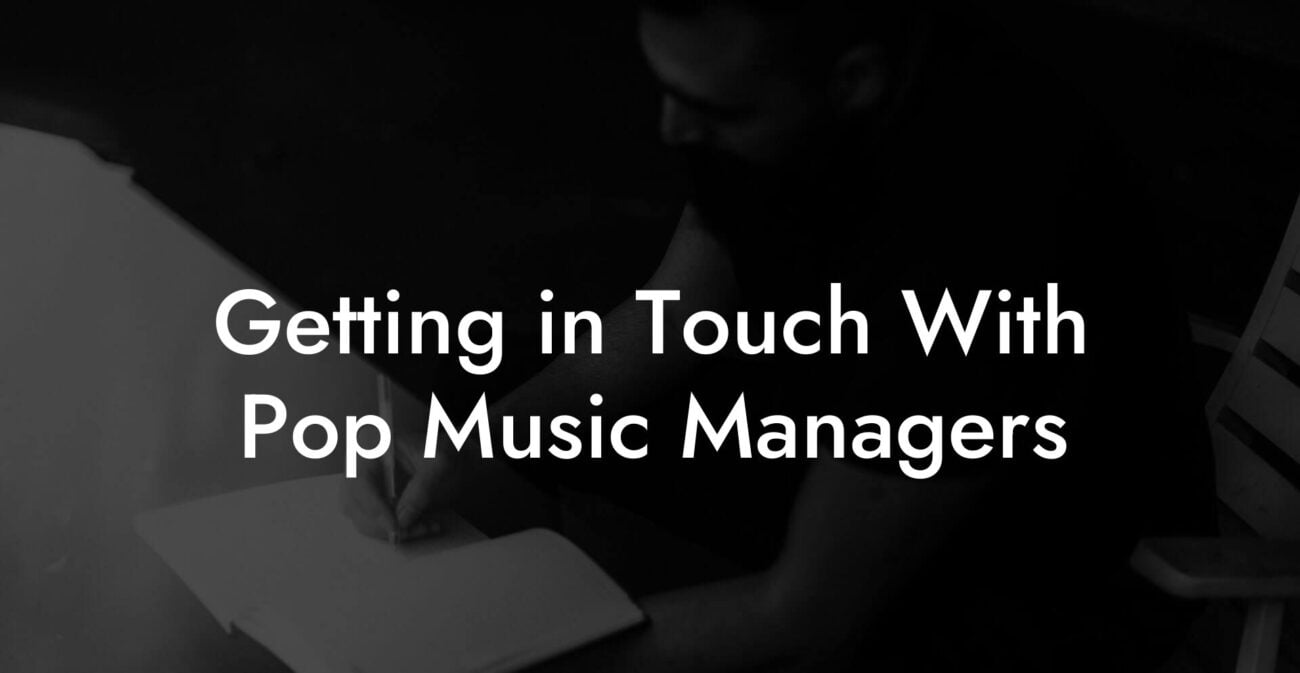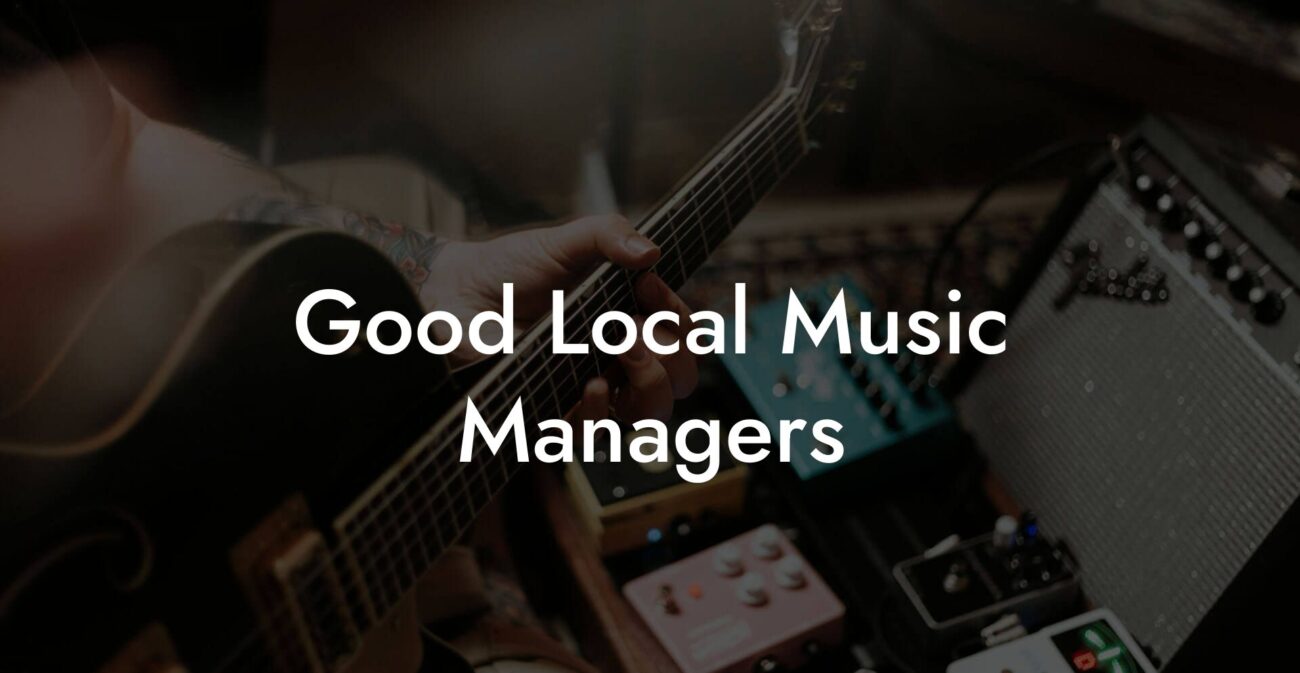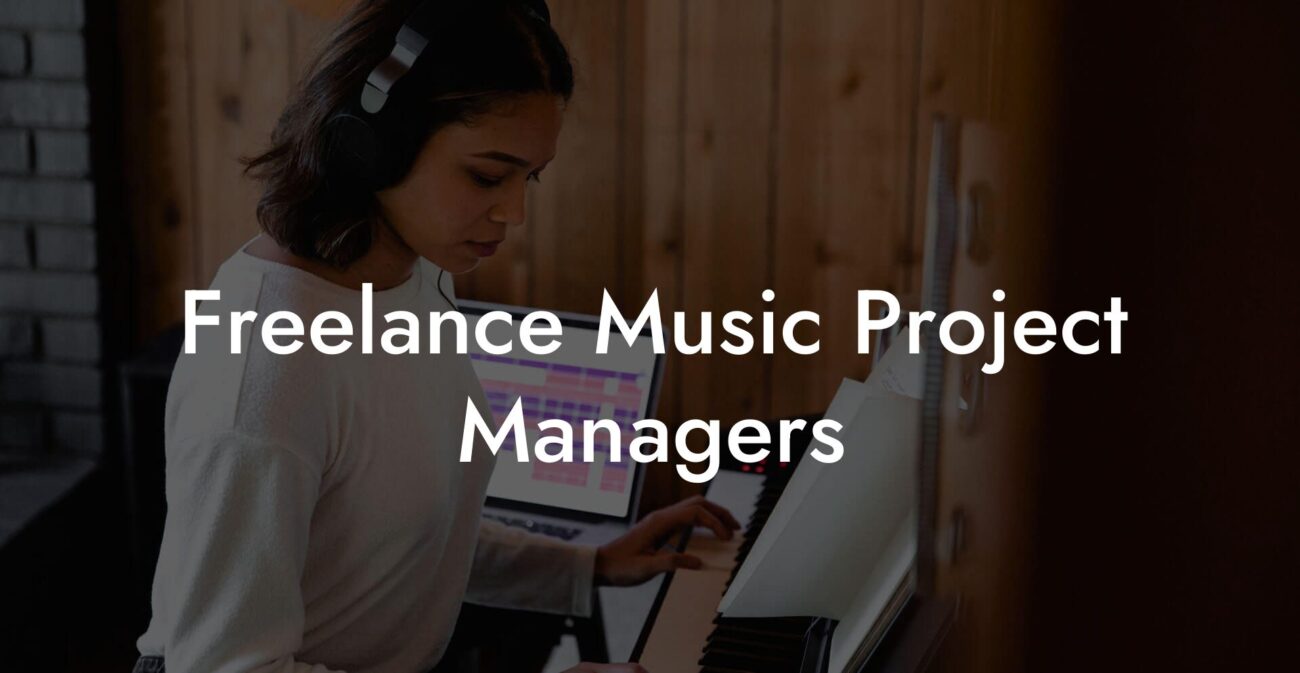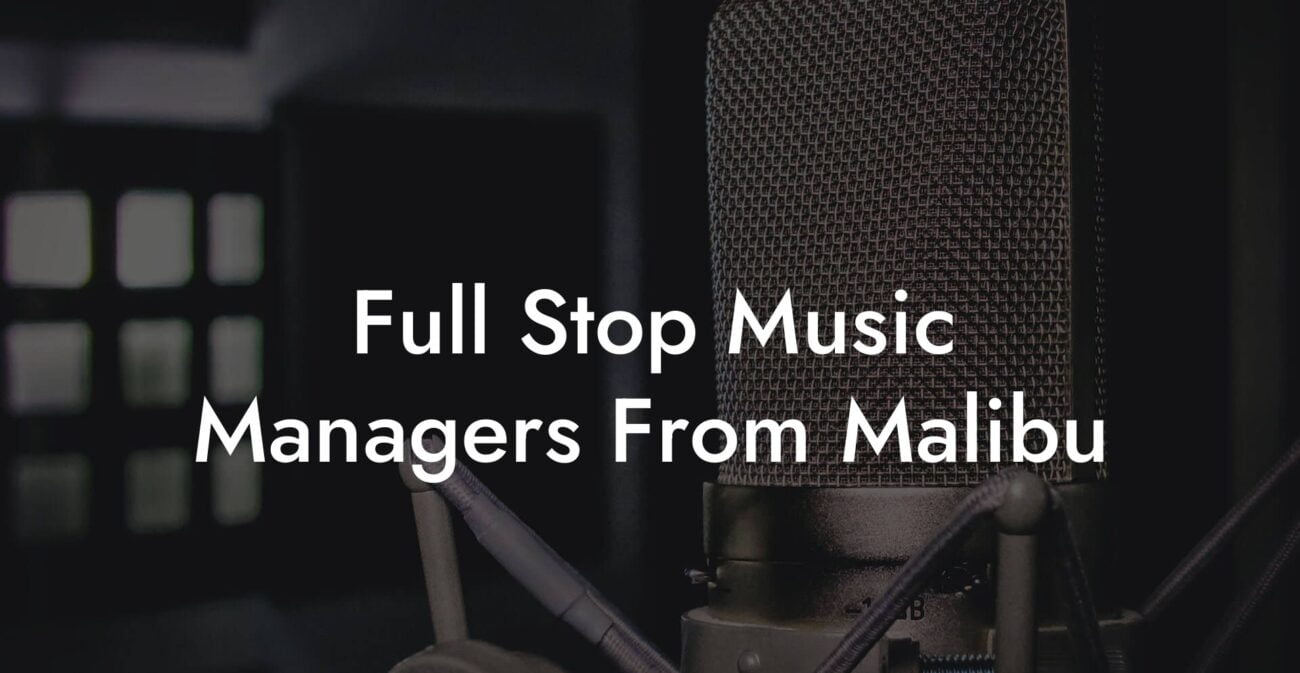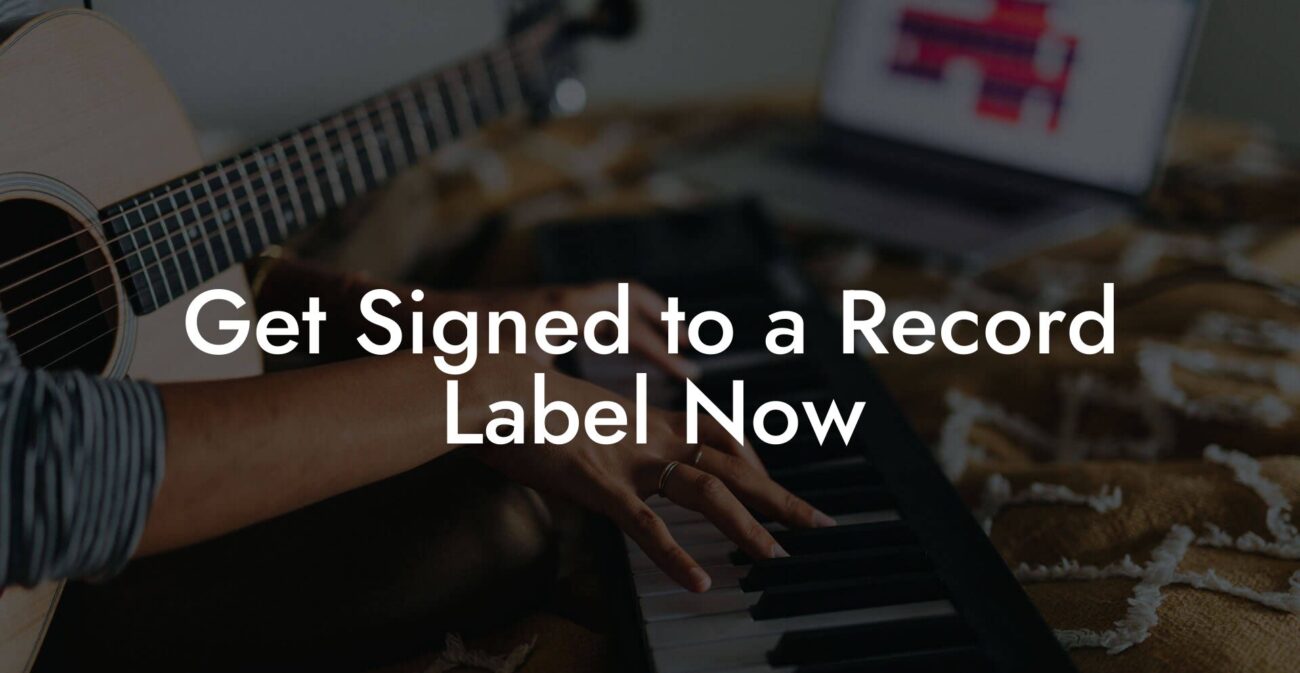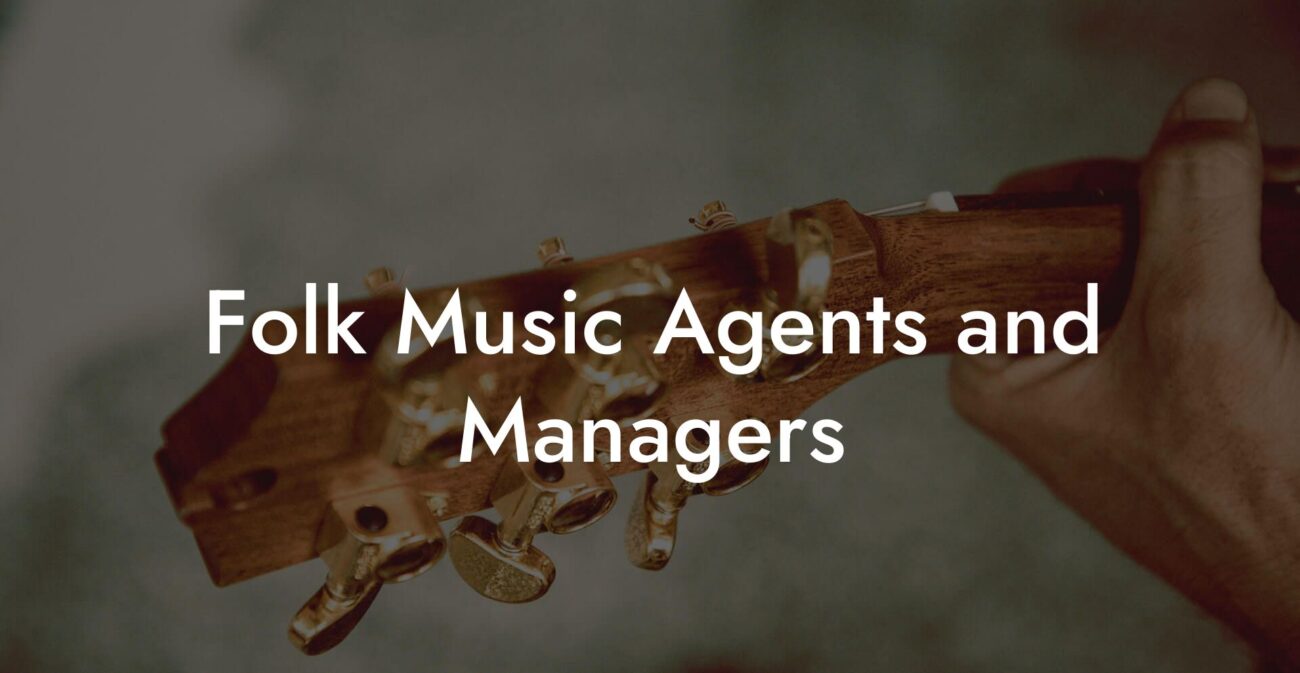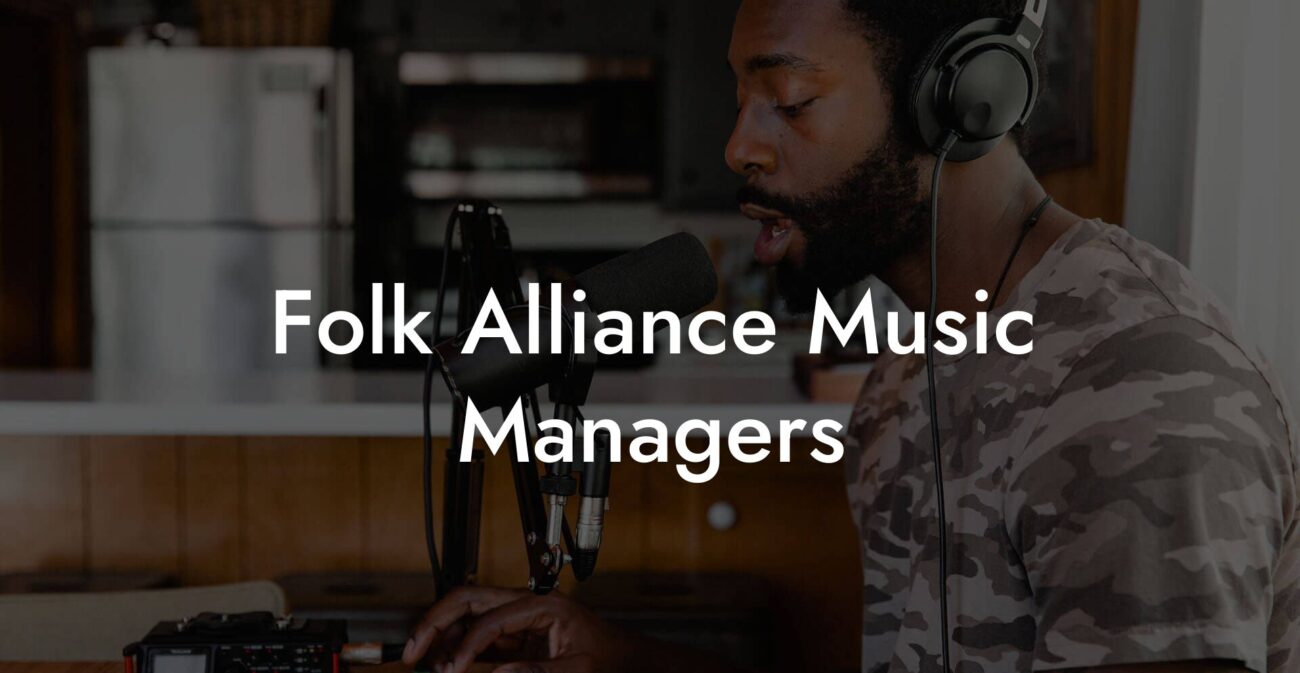Songwriting Advice
Songwriting Techniques

You want songs that land hard and stick. You want a chorus people hum in the grocery line. You want verses that feel cinematic and honest without sounding like a diary entry. This guide gives you the songwriting techniques you can use today to write sharper lyrics, stronger melodies, clearer structures, and more memorable hooks.
Quick Interruption: Ever wondered how huge artists end up fighting for their own songs? The answer is in the fine print. Learn the lines that protect you. Own your masters. Keep royalties. Keep playing shows without moving back in with Mom. Find out more →
Quick Interruption: Ever wondered how huge artists end up fighting for their own songs? The answer is in the fine print. Learn the lines that protect you. Own your masters. Keep royalties. Keep playing shows without moving back in with Mom. Find out more →
Quick Links to Useful Sections
- Why Learning Techniques Matters
- Core Elements Every Song Needs
- Terminology You Will Actually Use
- Make a Habit of Starting With One Sentence
- Structures That Actually Work
- Classic Pop Form
- Hook First Form
- Modern Short Form
- Melody Techniques That Work Every Time
- Vowel Pass
- Leap Then Step
- Contour Map
- Rhythmic Contrast
- Harmony Hacks That Do Not Require a Theory Degree
- Four Chord Loop
- Modal Borrow
- Poke the Bass
- Rhythm and Groove Techniques
- Space Beats
- Syncopation Tricks
- Vocal Rhythm Match
- Lyric Techniques That Make People Care
- Show Do Not Tell
- Use Time Crumbs
- Ring Phrase
- List Escalation
- Internal Rhyme
- Rhyme Techniques and Why Slant Rhyme Works
- Prosody and Word Stress
- Speak Lines Out Loud
- Syllable Budget
- Melodic and Lyric Development Techniques
- Variant Phrase
- Callback
- Counterpoint Line
- Arrangement Techniques That Tell a Story
- Intro Motif
- Subtract to Add
- Layering Strategy
- Songwriting Workflows That Produce Demos Fast
- Workflow A
- Workflow B for Co Writes
- Collaborating Without Losing Your Voice
- Editing Techniques That Raise the Stakes
- Crime Scene Edit
- Hook Audit
- Tools and Apps That Help
- How to Finish Songs More Often
- Publishing and Business Basics You Need
- Exercises That Turn Techniques Into Habit
- Five Minute Hook Drill
- Object Action Drill
- Time Crumb Drill
- Prosody Test
- Common Mistakes and How to Fix Them
- Real Life Examples You Can Steal
- When to Break Rules
- How to Get Feedback That Helps
- Questions Songwriters Ask Most
- How do I write a chorus that hooks
- How long should my song be
- What makes a melody memorable
Everything here is written for millennial and Gen Z artists who want real results. We explain terms and acronyms so you do not nod along like you understand when you actually do not. We give examples you can relate to and exercises that force you to stop procrastinating and start finishing things.
Why Learning Techniques Matters
Songwriting is craft and instinct. Techniques are the toolkit you reach for when instinct alone betrays you. Techniques help you solve problems fast when the song loses focus. They are also shortcuts to sounding smarter than you feel. The best part is that most techniques are not creative traps. They are frameworks that free your creativity by giving it boundaries.
Core Elements Every Song Needs
- A clear emotional idea that the listener can say back in a sentence or a text message.
- A hook which is the memorable musical piece. Hook can be a lyric phrase, a melody, a beat, or a production sound.
- Melody that sings easily and tells the emotional arc.
- Harmony which supports the melody and sets the mood.
- Structure that delivers payoff at the right time.
Terminology You Will Actually Use
Some quick definitions so you stop pretending to be confused during meetings.
- BPM means beats per minute. This is how fast the song moves. A slow ballad might sit around sixty to eighty BPM. A dance track will often be one hundred twenty BPM or faster.
- DAW means digital audio workstation. This is your software like Ableton Live, Logic Pro, FL Studio, or Pro Tools where you record and arrange music.
- PRO stands for performing rights organization. These are companies like ASCAP, BMI, or PRS that collect royalties when your song is played publicly.
- A&R means artists and repertoire. These are the people at labels who find songs and talent. They are part talent scout and part product manager.
- Topline is the melody and lyric that sits on top of the instrumental track. If you wrote the beat first, the topline is what the singer adds over it.
- Slant rhyme means using imperfect rhyme. Think love and glove or heart and hard. It sounds modern and less sing song.
Make a Habit of Starting With One Sentence
Before you touch chords or open a loop pack, write a one sentence core idea. Call it your promise. This sentence anchors your decisions later.
Examples
- I am going to leave but feel guilty about the cat.
- We are pretending not to care but the texts tell the truth.
- I got famous but still miss my old cheap coffee shop.
Turn that sentence into a working title. If you cannot sing the title easily, pick another title. Vowels like ah and oh and ay are easier to sing high than closed vowels.
Structures That Actually Work
Structure is not creativity police. Structure is a map that helps listeners find the hook fast. Choose a structure and use it while you break it in interesting places.
Classic Pop Form
Verse Pre Chorus Chorus Verse Pre Chorus Chorus Bridge Final Chorus. This is a safe place for your hook to live and resurface.
Hook First Form
Intro Hook Verse Chorus Verse Chorus Bridge Chorus. Use when you have a short instant hook you want to repeat early.
Modern Short Form
Intro Verse Chorus Verse Chorus. This keeps songs tight for streaming and social media clips. It forces you to deliver fast and not meander.
Melody Techniques That Work Every Time
Melody is the part people will sing in the shower. Here are methods that produce singable melodies.
Vowel Pass
Record yourself singing on vowels only. Use ah oo ee or any vowel. No words, no shame. After two minutes, listen back and mark the phrases that feel repeatable. Those are your hooks. Why this works. Vowels let the voice find natural shapes without being trapped by language. This often reveals melodies that words can later dress.
Leap Then Step
Make a small leap into your title note followed by stepwise motion. The leap gives the ear excitement and the steps give comfort. Example. Hit a higher note on I miss you then walk down slowly across the rest of the line.
Contour Map
Draw a simple up and down line for your verse and chorus. Keep the chorus line higher than the verse. Humans are wired to feel uplift when a melody climbs. A small lift changes perceived emotion dramatically.
Rhythmic Contrast
If the verse is syllable heavy, make the chorus rhythm long and spacious. If the verse is slow, give the chorus short punchy phrases. Contrast creates satisfaction.
Harmony Hacks That Do Not Require a Theory Degree
You do not need to act like you graduated from a conservatory to write effective harmony. Here are practical moves.
Four Chord Loop
Use a simple I V vi IV progression or variants of it. These give a stable bed for melodic invention. Even a single loop can carry multiple songs if your topline and lyrics change the focus.
Modal Borrow
Borrow one chord from the parallel mode to add color. Example. If you are in C major try an A minor chord or an F minor chord for a surprising lift. This single borrowed chord can make the chorus feel like a sunrise without rewriting your entire progression. Modal means relating to musical modes which are scales like major or minor. Borrowing means taking a chord usually from a related scale.
Poke the Bass
Changing the bass note under the same chord quality changes the feeling. Try the same C chord with a B in the bass for tension. Moving the bass while keeping the same chord adds motion without rewriting the harmony.
Rhythm and Groove Techniques
Rhythm makes people move. It also supports lyrical delivery. Do not treat groove as an afterthought.
Space Beats
Leave gaps around the vocal. A one beat rest before a chorus title makes the ear lean forward. Production people call this groove space but you can think of it as dramatic pause for music.
Syncopation Tricks
Place stressed words on off beats to create surprise. Syncopation means placing accents where the listener does not expect them. Use this when the chorus melody has too much predictability.
Vocal Rhythm Match
Clap the vocal rhythm and then play with different drum patterns until one locks in. The vocal rhythm will tell you what percussion pattern will feel natural.
Lyric Techniques That Make People Care
Lyrics are not a list of feelings. Lyrics are a set of scenes that make people feel like they are in the same room. Here is how to write them without sounding like a bad journal entry.
Show Do Not Tell
Replace abstract statements with sensory images. Instead of I miss you write The second toothbrush sits dusty in the glass. That creates a picture and lets the listener do the emotional work.
Use Time Crumbs
Adding a small time or place detail like Tuesday at midnight or the bus stop on Maple gives the line credibility. It grounds the feeling in a moment people can picture.
Ring Phrase
Repeat the title or a short phrase at the start and end of the chorus. This repetition builds memory. People remember circles. Ring phrase is the simple device of returning to the same line to anchor the ear.
List Escalation
Give three items that escalate in intensity. List escalation means arranging items so each feels bigger or wilder than the last. Example. I left your hoodie. I left your key. I left our songs on the bus.
Internal Rhyme
Rhyme inside lines not just at the end. This makes verses feel musical even before the chorus. Internal rhyme is a small tool that makes ordinary speech feel like music.
Rhyme Techniques and Why Slant Rhyme Works
Perfect rhymes are comfortable. Too many perfect rhymes feel like a nursery game. Use variety.
- Perfect rhyme means exact matching sound at line ends. Example. night and light.
- Slant rhyme means near rhyme where sounds are similar but not exact. Example. shape and escape. This feels modern and less expected.
- Family rhyme maintains vowel or consonant similarity across lines without matching exactly. This keeps flow while avoiding obvious word choices.
Place a perfect rhyme at the emotional turn for impact. Use slant rhyme in the rest so the song feels alive and not schoolbook.
Prosody and Word Stress
Prosody is the way words fit the rhythm and melody. Bad prosody feels like you are apologizing every time you sing a line. Fix this fast.
Speak Lines Out Loud
Say every line at conversation speed and mark the stressed syllable. Make sure those stresses fall on strong beats in your music. If a strong emotional word falls on a weak beat, rewrite so the word lands on a strong beat.
Syllable Budget
Count syllables for your hook lines when you need them to be tight. This is not for every line but for the chorus and title it matters. Most hooks sit between four and eight syllables per line.
Melodic and Lyric Development Techniques
Once you have a theme and a hook, development is what turns a good idea into a full song. Development means introducing new angles without repeating the same sentence in different clothes.
Variant Phrase
Repeat a melodic phrase but change a key word. The melody signals familiarity. The new word advances the story. Example. First chorus. I will not call you. Second chorus. I will not call you back.
Callback
Bring a line from verse one into verse two with a slight shift. This makes the song feel like a single narrative. Callbacks reward attentive listeners.
Counterpoint Line
Add a background vocal that sings a different melody and lyric under the main line. Use this sparingly to add emotional detail. Counterpoint means independent melodic lines sounding together. It keeps chorus moments rich.
Arrangement Techniques That Tell a Story
Arrangement is how you reveal instruments and textures across the song. Think of arrangement as costume changes that track the narrator.
Intro Motif
Start with a small motif either vocal or instrumental that returns throughout the song. A motif is a tiny signature that listeners remember.
Subtract to Add
Drop elements to make important lines visible. Removing instruments can make the vocal feel exposed and meaningful. Add them back for the chorus to create lift.
Layering Strategy
Add one new layer each chorus. First chorus adds a background vocal. Second chorus adds a countermelody. Final chorus adds parallel harmony and a small synth line. This keeps repeat listens satisfying because each chorus reveals something new.
Songwriting Workflows That Produce Demos Fast
Stop tinkering forever. Use a workflow that takes you from idea to finish quickly.
Workflow A
- Write the one sentence promise and pick a title.
- Make a two chord loop in your DAW at a tempo that feels right.
- Do a vowel pass to find melody gestures.
- Place the title on the catchiest gesture and write a chorus.
- Write one verse with a time crumb and specific object.
- Record a quick demo vocal. Do not over produce. Clarity first.
Workflow B for Co Writes
- Share the promise sentence with co writers and agree the emotional center.
- One person plays chords while another sings topline ideas on vowels.
- Group votes on the best hook phrase then writes the chorus lyrics together.
- Assign one person to finish the demo and another to clean lyrics for publishing registration.
Collaborating Without Losing Your Voice
Co writing is a skill. You want credit and you want songs that still feel like you.
- Show up with a promise sentence and a demo idea.
- Be specific about what you want to protect vocally and lyrically.
- Listen to suggestions. If something lands keep it. If it does not save your veto for true problems.
- Always register writers early so there are no surprises about splits later. Registering means listing the writers with your PRO or on a split sheet so royalties are clear.
Editing Techniques That Raise the Stakes
Editing turns a fine song into a high impact song. These passes are brutal and necessary.
Crime Scene Edit
- Underline every abstract word. Replace with an image you can see or touch.
- Find any line that explains feeling and turn it into an action.
- Strip lines that repeat information without new detail.
- Kill your favorite line if it stops the song from moving.
Real life scenario. You love the line I am broken but it tells the listener something they already feel. Replace with The subway light flickers like a match and you get the same feeling and a picture.
Hook Audit
Play the chorus to three people who do not know the song. Ask what phrase they remember. If they do not remember your title you need to rewrite the chorus hook. This is your single most useful test for commercial recall.
Tools and Apps That Help
Here are practical tools and what they do.
- DAW like Logic, Ableton, or FL Studio so you can record ideas quickly.
- Voice memo app on your phone. Record everything. A two second hummed melody is worth gold.
- Rhyme app or website for slant rhyme ideas. Use to spark alternatives not to write entire lines for you.
- Metronome or click plugin so your demos have steady pulse for producers to build on.
How to Finish Songs More Often
Finishing is a discipline not a mood. Here are rules that force finish rates up.
- Set a timer for a one hour hook session. If you do not have a chorus by then you must leave and come back with a new instrument or beat.
- Ship a demo even if it is rough. A demo can be polished later. The version you keep refining forever rarely ships.
- Get one no nonsense listener. Ask them which line stuck. Fix that. Repeat.
- Limit the number of allowed rewrites to three. This prevents paralysis.
Publishing and Business Basics You Need
Write the song. Then take two minutes to protect your work.
- Register the song with your PRO. This ensures you get paid when the song is played on radio, streamed, or performed live.
- Make a split sheet if co writers are involved. Splits are percentages that determine who gets what money. Agree on splits early.
- Consider a demo release strategy. Short clips for social can build interest and lead to collaborations or sync opportunities. Sync means licensing your music for film, TV, or ads.
Exercises That Turn Techniques Into Habit
Five Minute Hook Drill
- Pick a two chord loop and set tempo to a comfortable level.
- Sing on vowels for two minutes and mark any repeatable gestures.
- Place a short phrase on the best gesture. Repeat it. Change one word on the last repeat to create surprise.
- Write a one line chorus around that phrase. Done.
Object Action Drill
Pick an object near you. Write four lines where the object performs an action. Make the lines tell a small story about a feeling. Ten minutes. This forces specificity.
Time Crumb Drill
Write a chorus that includes a specific time and setting. This anchors emotion. Example. Two AM on the roof of my building. Keep it under six lines.
Prosody Test
Record spoken versions of your verses at normal speed. Mark stressed syllables and compare to your melody. Adjust until the natural stresses sit on strong beats.
Common Mistakes and How to Fix Them
- Too many ideas Fix by returning to your promise sentence and removing lines that do not serve it.
- Chorus that does not lift Fix by raising the melody range by a third or changing the rhythm to longer vowels.
- Generic lyrics Fix by adding one unusual detail per verse. Even a small detail like a brand of coffee can make the song feel personal.
- Bad prosody Fix by rewriting lines so stressed words hit strong beats. Speak first then sing.
Real Life Examples You Can Steal
Theme One. Break up without drama.
Verse. Your sweater still hangs on the couch like it plans to come back. I make coffee for two and drink it in the sink.
Pre. The kettle gives up the ghost and so do I for a second.
Chorus. I quit calling. I leave my phone across the room. I hear it ring like it used to mean something.
Theme Two. Small town to big city and homesickness.
Verse. The subway smells like wet rain and new perfumes. I miss the bus driver who shouted my name like he owned it.
Chorus. I trade postcards for postcards of skylines. I still keep the one with paint on the corner. It feels like a map to leaving and returning.
When to Break Rules
Rules exist to be broken after you understand them. Once you can reliably write a hook, you can invent forms. Once you can land prosody, you can write lines that deliberately clash with rhythm for effect. Breaking rules strategically creates signature moments. Do not break rules because you are bored. Break them because you have a purpose.
How to Get Feedback That Helps
Feedback is therapy for songs. Use it carefully.
- Choose three trusted listeners who know the genre.
- Give them one specific question to answer like which line stuck or which section felt long.
- Ignore the free form rant that does not answer your question.
- If multiple listeners point to the same problem fix it. The crowd is usually right.
Questions Songwriters Ask Most
How do I write a chorus that hooks
Start with your promise sentence and make it short. Place that sentence on the most singable note. Repeat it or make it a ring phrase. Keep vowels open and keep rhythm simple. If you can text the chorus line to a friend and they type it back, you have a hook.
How long should my song be
Most modern songs land between two and four minutes. The goal is momentum not length. Deliver the hook in the first chorus and keep each section doing new work. If listeners feel like the song repeats without adding, trim it.
What makes a melody memorable
Clear contour, a small leap into the hook, and comfortable ranges. Test the melody by humming it without words. If you can hum it after one listen it is memorable. If it feels hard to sing even for you it will not stick for others.

